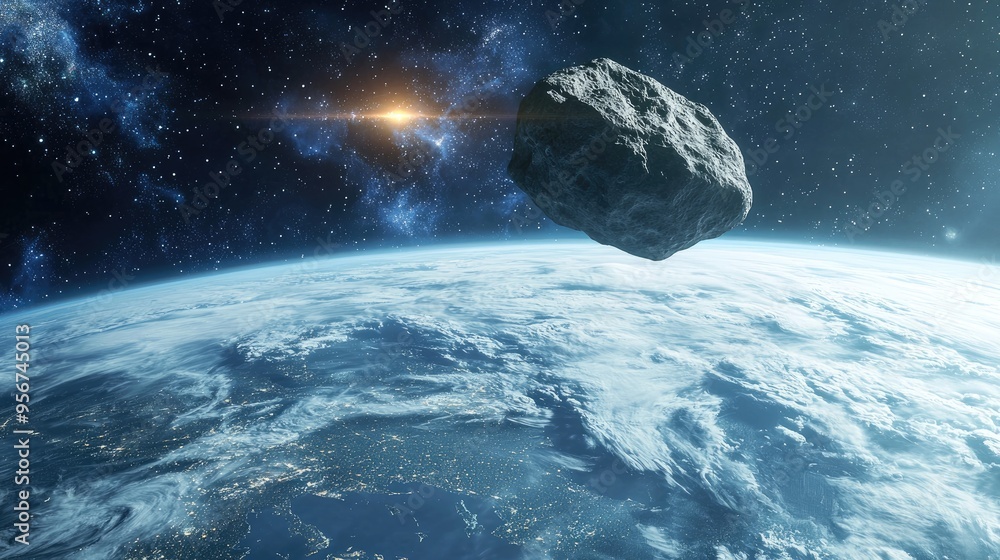By Natania Arora
The Earth will gain a second moon, referred to as a ‘mini-moon’, between 29th of September and the 25th of November. In this time, a small asteroid will be pulled into the Earth’s orbit by the Earth’s gravitational field into a ‘horseshoe’ shaped trajectory, known as the ‘slingshot’ trajectory that NASA and other space agencies have used to send probes to the outer planets. The trajectory was first used in 1974 by the Pioneer 11 space probe, when it used the gravity assist of Jupiter to change its course toward Saturn. After orbiting around the Earth for two months, it will leave the planet’s orbit and return to an asteroid belt revolving around the sun, until it re-enters the Earth’s orbit in 2055.
The ‘mini-moon’ will be ejected from the Earth’s orbit due to gravitational disturbances caused by the Sun, and will return to orbiting the Sun. This has happened before, as the 2022 NX1 asteroid became a ‘mini-moon’ in 1981 and in 2022. However, it is important to note that the asteroid is not officially classified as a ‘moon’ but rather as a passing asteroid.
The asteroid was first spotted on 7th August by NASA’s Asteroid Terrestrial-Impact Last Alert System (ATLAS). In addition, the current path of the asteroid allowed researchers to trace its origins, and this has shown that the asteroid is from the Arjuna asteroid belt and is now being referred to as 2024 PT5 by scientists. The asteroid is 10 m, in comparison to the Earth’s moon, which has a diameter of 3474 km. Moreover, as it is small and made of dull rock, the asteroid will not be visible to people on earth through binoculars or a home telescope. However, this is not as rare as people may expect, as events where the Earth will gain a ‘mini-moon’ for a couple of weeks or months can occur several times within a decade.
Additionally, there have been cases in the past where misidentified space debris or human-made spacecrafts were assumed to be asteroids which were expected to become Earth’s ‘mini-moons’.
